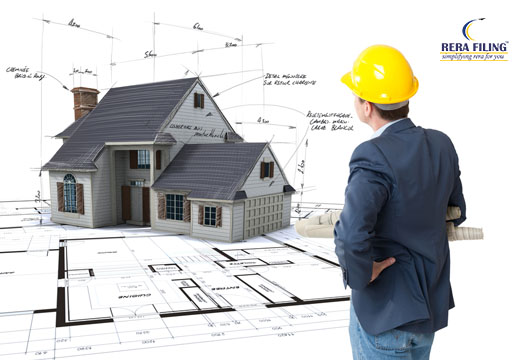What is Structure Stability Certificate?

- General
- Author: Shreya Uppal
Highlights
-
Due to structural deficiencies found in the construction as a result of which buildings got collapsed. Therefore, to avoid these situations at a later stage the RERA Act, 2016 has introduced of Structure Stability Certificate.
-
As per Rule 3B (1) of APRERA Rules, 2017, it is mandatory for the promoter to file Structural Stability Certificate duly issued by Certified Structural Engineer while filing an application for registering the project in APRERA.
Due to structural deficiencies found in the construction as a result of which buildings got collapsed. Therefore, to avoid these situations at a later stage the RERA Act, 2016 has introduced of Structure Stability Certificate, although the act has not mandatorily asked for it to attach it while registering the project. However, states like Andhra Pradesh have specifically mentioned in their rules to attach it while registering the project.
As per Rule 3B (1) of APRERA Rules, 2017, it is mandatory for the promoter to file Structural Stability Certificate duly issued by Certified Structural Engineer while filing an application for registering the project in APRERA.
General points relating to Structure Stability Certificate
1. To get assurance about the type of construction being made, the material type, type and thickness of blocks used and the brand of cement, the homebuyers have every right to ask for the structural stability certificate from the promoter.
2. The certificate as certified by the competent structural engineer states that the concerned construction has been done in accordance with the relevant Indian Codes relating to construction such as Bureau of Indian Standards, National Building code of India, etc.
3. It includes contents like name of the builder, name of the project, address of the building, no. of floors considered for design and the structural building certificate taken for the design of footings with the stamp of the structural engineer.
4. It certifies that floors/ roofs have been designed as per the approved load.
5. It also clarifies that the code of practice for plain and reinforced concrete have been complied with while carrying the construction.
For Project Registration, Click here.
Tags: promoter, APRERA.
Latest Blogs
- Is the Builder Allowed to Change the Layout? RERA Rules Explained
- Form-7 Annual Audit Report: A Complete Guide for Promoters | RERA Filing
- What Happens If a Builder Violates RERA? Complete Penalty Breakdown
- What to Check Before Booking a Flat – The Ultimate RERA Checklist
- Post-Project RERA Registration Compliances – A Detailed Guide
- How to Verify RERA Registration Online
- Key Clauses to Look for in a RERA Compliant Sale Agreement
- RERA FAQs for First-Time Homebuyers
- Key Real Estate Laws Every Indian Buyer Should Know
- How RERA Has Changed the Real Estate Landscape in India
Copyright © 2025 RERA Filing. All rights reserved.

 Rera
Act
Rera
Act
 Maharashtra
Maharashtra
 Karnataka
Karnataka
 Telangana
Telangana
 Andhra Pradesh
Andhra Pradesh
 Delhi
Delhi
 Uttar Pradesh
Uttar Pradesh
 Haryana
Haryana
 Gujarat
Gujarat
 Bihar
Bihar